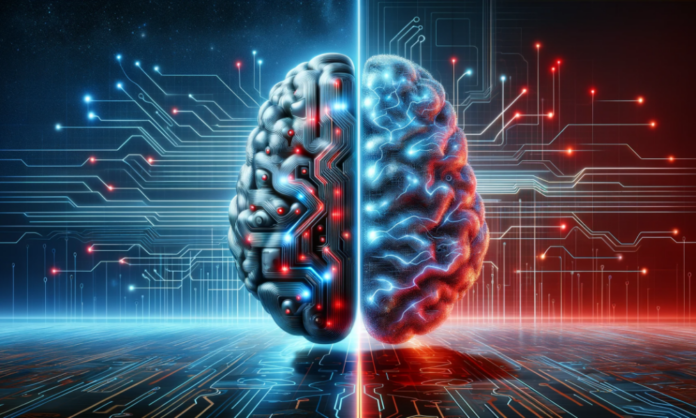A Growing Concern: AI Hallucinations and Biases in AI & ML
A recent report from Aporia, a leader in the AI control platform sector, has brought to light some startling findings in the realm of artificial intelligence and machine learning (AI & ML). Titled “2024 AI & ML Report: Evolution of Models & Solutions,” the survey conducted by Aporia points to a growing trend of hallucinations and biases within generative AI and large language models (LLMs), signaling a crucial challenge for an industry rapidly advancing towards maturity.
What are AI Hallucinations?
AI hallucinations refer to instances where generative AI models produce outputs that are incorrect, nonsensical, or disconnected from reality. These hallucinations can range from minor inaccuracies to significant errors, including the generation of biased or potentially harmful content.
The Consequences of AI Hallucinations
The consequences of AI hallucinations can be significant, especially as these models are increasingly integrated into various aspects of business and society. For instance, inaccuracy in AI-generated information can lead to misinformation, while biased content can perpetuate stereotypes or unfair practices. In sensitive applications like healthcare, finance, or legal advice, such errors could have serious implications, affecting decisions and outcomes.
What Do the Findings Suggest?
The survey’s findings emphasize the necessity of vigilant monitoring and observation of production models. The report reveals that:
Key Insights
- Prevalence of Operational Challenges: An overwhelming 93% of machine learning engineers report encountering issues with production models either daily or weekly.
- Incidence of AI Hallucinations: A concerning 89% of engineers working with large language models and generative AI report experiencing hallucinations in these models.
- Focus on Bias Mitigation: Despite obstacles in detecting biased data and the lack of sufficient monitoring tools, a notable 83% of the survey respondents emphasize the importance of monitoring for bias in AI projects.
- Importance of Real-Time Observability: A substantial 88% of machine learning professionals believe that real-time observability is essential for identifying issues in production models.
- Resource Investment in Development: The report reveals that, on average, companies invest about four months in developing tools and dashboards for monitoring production.
Conclusion
AI hallucinations and biases are a growing concern in the industry, and it is crucial that companies prioritize monitoring and control to ensure the accuracy and fairness of AI-generated content. As the report suggests, the development of robust tools and features is necessary to support the expansion of production models and eliminate hallucinations. By addressing these challenges, companies can create more effective and responsible AI products that benefit both businesses and society as a whole.

